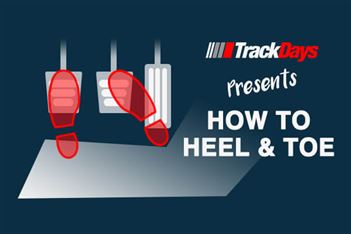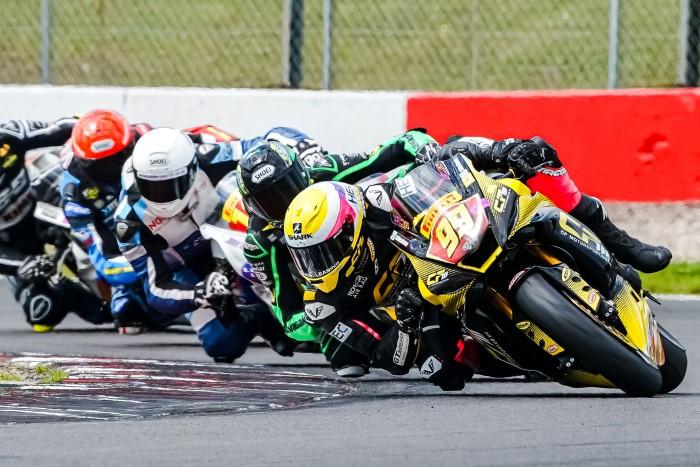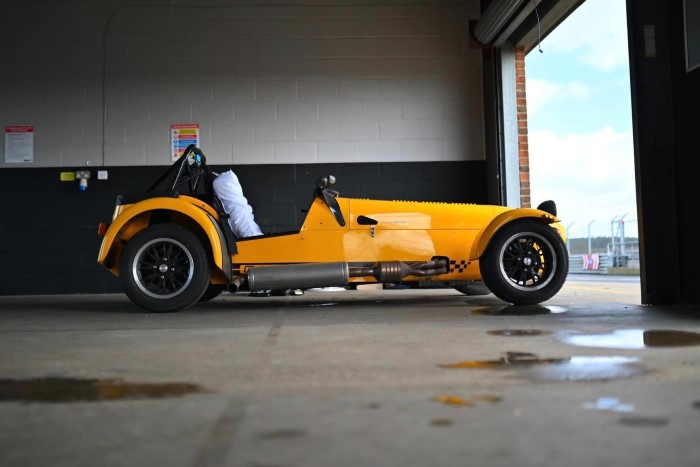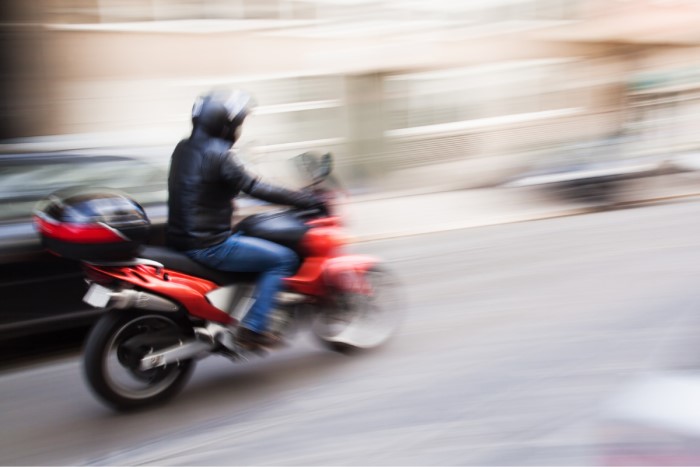Racing drivers have a set of skills that us mere mortals simply do not possess. They hare around the tracks at incredible speeds as if it were a Sunday drive, making crucial adjustments in the blink of an eye. They visualize and see gaps and openings that we would think didn't exist.
As a spectator, we only ever see what is happening in front our eyes, what we can't see is what goes on inside the car, the quick gear shifts, the manic steering, the frantic footwork, and of course heel toe shifting, a key skill that when mastered can separate the great from the good drivers.
Heel toe shifting is an advanced driving technique that is used by racing drivers the world over. It is the art of how to downshift smoothly, whilst keeping the car balanced through the gear changing process. Some of the greatest racing drivers across varying racing disciplines use this technique and the double-declutching method to great success. The late great Formula 1 driver Ayrton Senna, as well as 9 time WRC Champ Sebastian Loeb are known as masters in the art of the heel toe shifting technique.
The heel toe shifting method gets its name from pre-WW2 cars that had the accelerator pedal in a central position in between the clutch to the left and the brake to the right. This meant that drivers were able to use the heel of the right foot to engage the break whilst simultaneously using the toe to operate the accelerator.
The power band of most modern race cars is found at the higher rev range and by using the heel toe technique you can ensure the engine revs don't drop during braking, this, in turn, allows a lower gear to keep the engine in the optimal rev range. Another method used is known as 'rowing'. This is when a driver downshifts more than one gear whilst using the heel toe technique. An example would be shifting down from 5th to 3rd gear.
Heel toe shifting is the method of matching both your car's engine revs to your car's wheel speed as you approach a corner to create a smooth downshift. You do this by placing your right foot across both the brake and accelerator pedals, thus having your toe on the brake and heel on the accelerator during the gear change. If done correctly then the whole process should take as little as 2 seconds and the car will be in the best gear for the fastest exit out of the corner. However, if done incorrectly you risk locking up the rear wheels and adding precious seconds onto lap times and in the most severe case, you could lose control of the back end and risk spinning out your vehicle.
The heel toe method is a widely used technique that racing drivers will utilise as they approach a corner. Using the heel toe method allows the driver to downshift at the very last moment before entering the turn, meaning the car can be in the optimal rev range as the lower gear is engaged. This, in turn, allows for a far smoother and quicker acceleration out of the corner.
There is a lot happening in the driver's footwell when approaching a corner, to the untrained eye it would look like the footwork belonged to Michael Flatley! Below are the steps that a driver goes through when they use the heel toe technique:
Step 1
The illustration below shows our driver building up speed in 3rd gear, approaching the top of the power band as the vehicle accelerates.
 Diagram 1: Increasing speed in 3rd gear
Diagram 1: Increasing speed in 3rd gear
As the braking point of the corner approaches, move the heel of your right foot to cover the brake pedal. The brake pedal is the priority in this phase, so make sure it's your foot isn't going to slip off. The heel toe technique is easier to achieve in some cars, where the pedal spacing is optimal. The use of racing boots, which are generally thinner soled, is also recommended when using this technique on the track.
Step 2
 Diagram 2: As our driver brakes before the corner, engine speed starts to decrease, along with road speed
Diagram 2: As our driver brakes before the corner, engine speed starts to decrease, along with road speed
Once you've reached your breaking point, hit the brakes and reduce your speed until you can downshift without over-revving. The illustration below shows our driver in 3rd gear, slowing down in preparation for a shift down into 2nd.
Step 3
 Diagram 3: Right foot swivels, ready to push down on the throttle, pushing the clutch
Diagram 3: Right foot swivels, ready to push down on the throttle, pushing the clutch
Whilst still braking, swivel your right foot and get ready to press the accelerator pedal with your heel. At the same time, you'll need to push the clutch down with your left foot, this is to disengage the wheels from the engine.
Step 4
 Diagram 4: Accelerator is pushed with the heel, increasing engine speed
Diagram 4: Accelerator is pushed with the heel, increasing engine speed
Once the clutch pedal has been pushed, your speed will start to decrease. Increase your speed by pushing the accelerator with the heel of your right foot until you've matched the revs (take a look at our rev matching tutorial, if you're not sure how it works) in 2nd gear to your road speed.
Step 5
 Diagram 5: Downshifting to 2nd gear
Diagram 5: Downshifting to 2nd gear
Your road speed and engine speed should now be the same. Proceed to downshift from 3rd to 2nd, this will allow a quick corner exit.
Step 6
 Diagram 6: The clutch is released, accelerate out of the corner
Diagram 6: The clutch is released, accelerate out of the corner
Release the brake, come off the clutch then take the corner and accelerate out, looking ahead to the next part of the track.
The steps above are for a right-hand drive, the method will be the same for left-hand drive cars just with gear changing taking place with the right hand and not the left.
This, like any other high-performance driving technique, requires a lot of patience and practice to master. You could liken it to learning chords on a guitar for the first time. With repetitive practice, muscle memory will tend to take over and it will become second nature.
The best way to practice is in a stationary vehicle, becoming comfortable in getting your right foot to cover both brake and accelerator pedals at the same time. Once this is down you can put into practice the skill on a track day event or driving experience on a real circuit.






